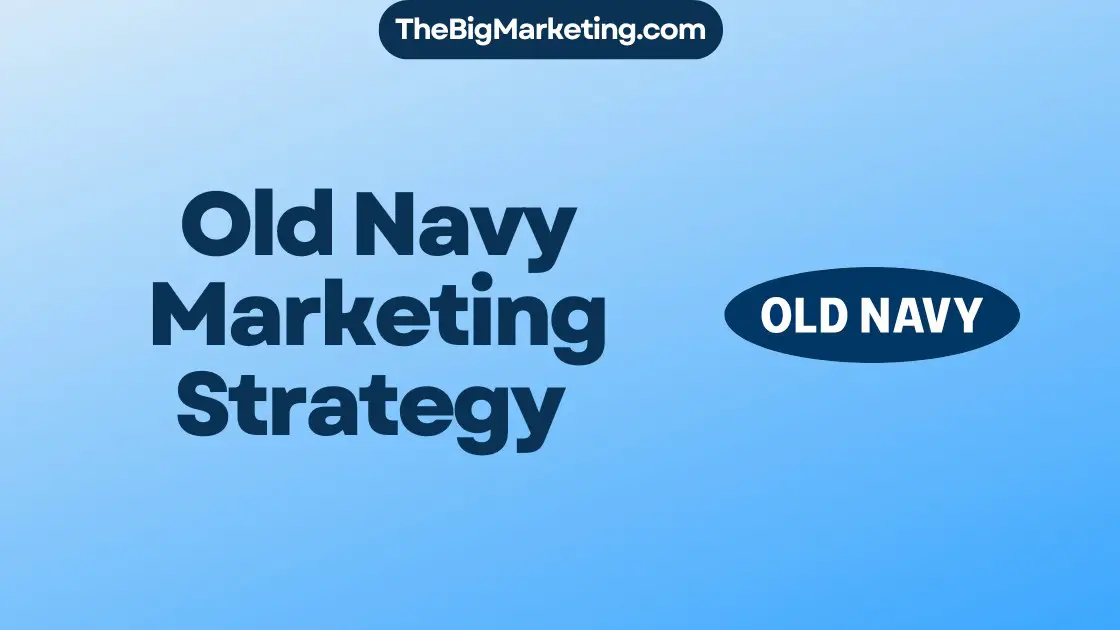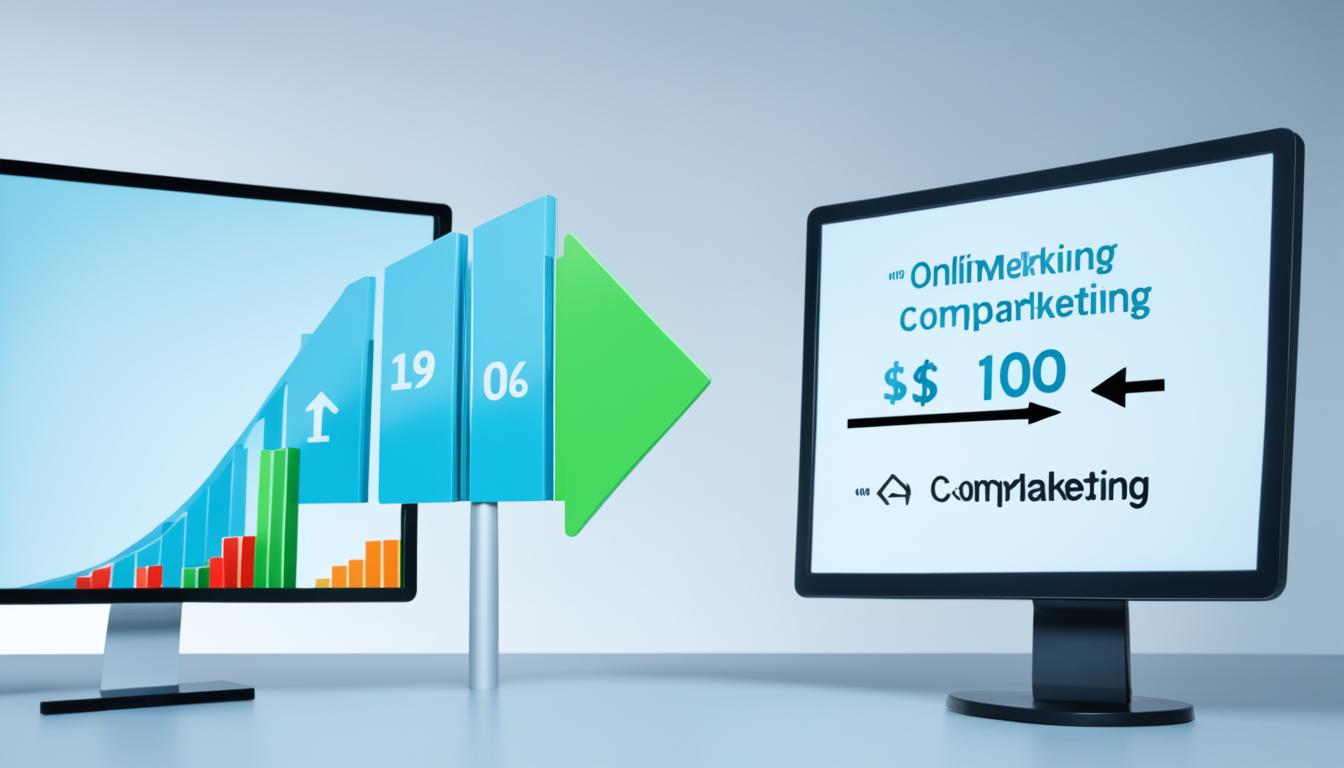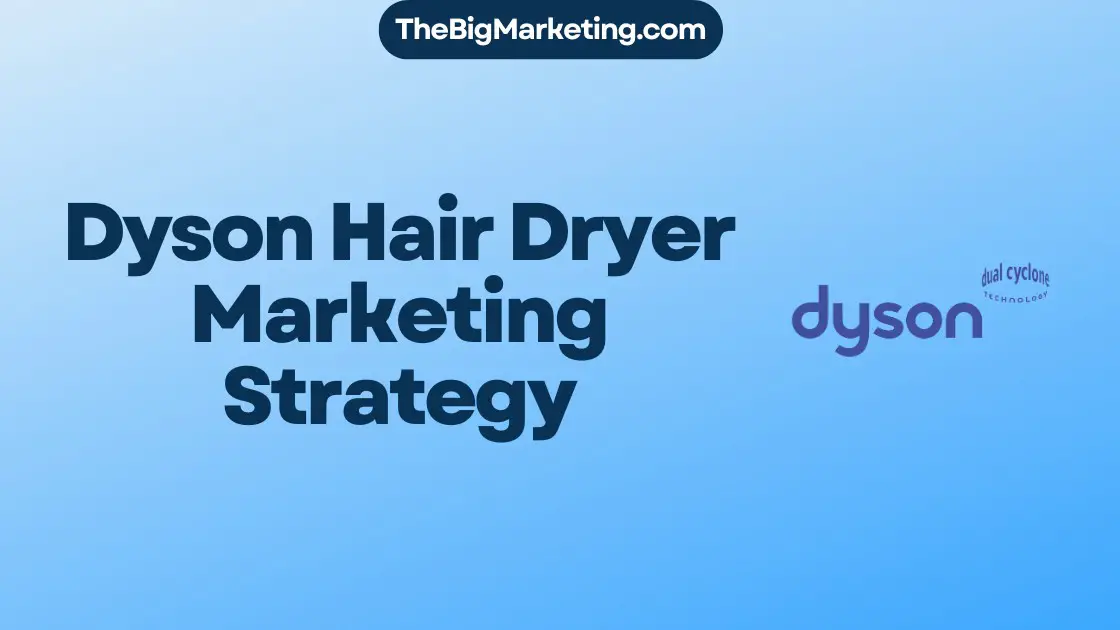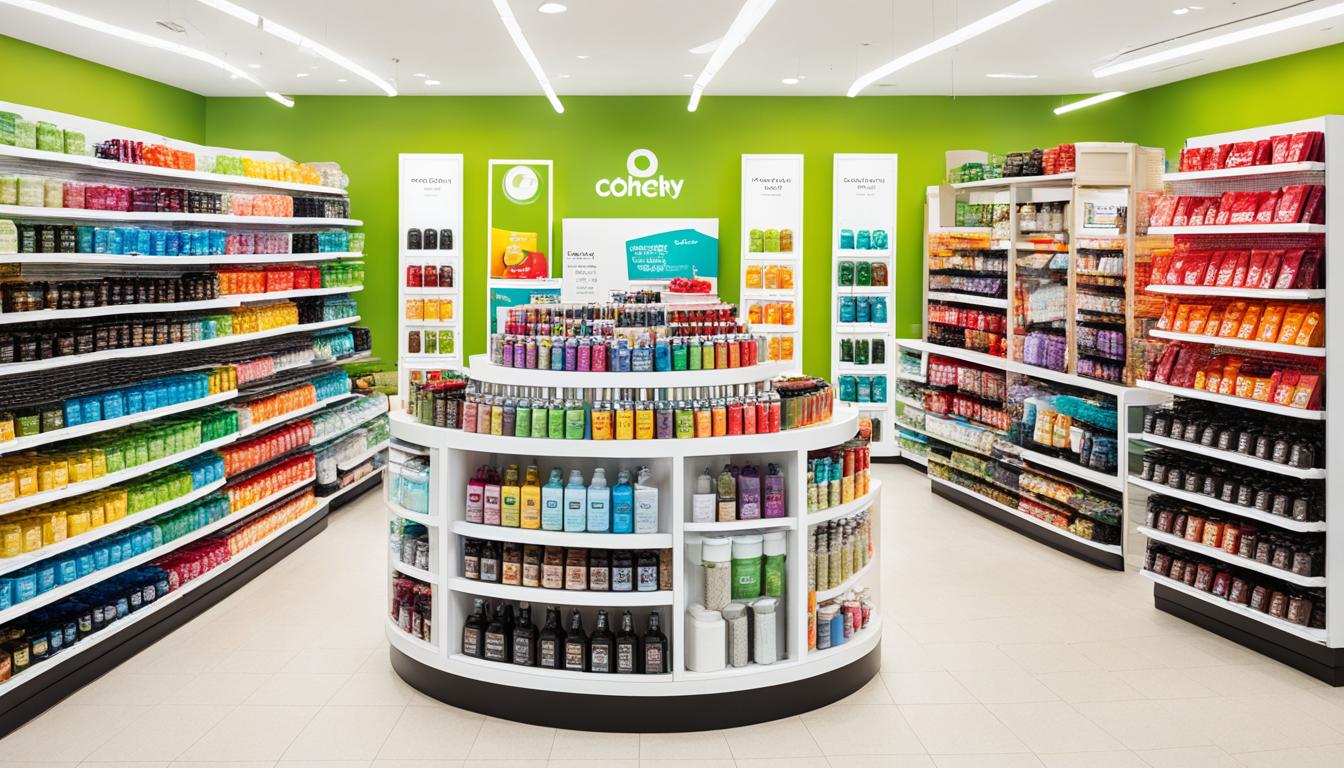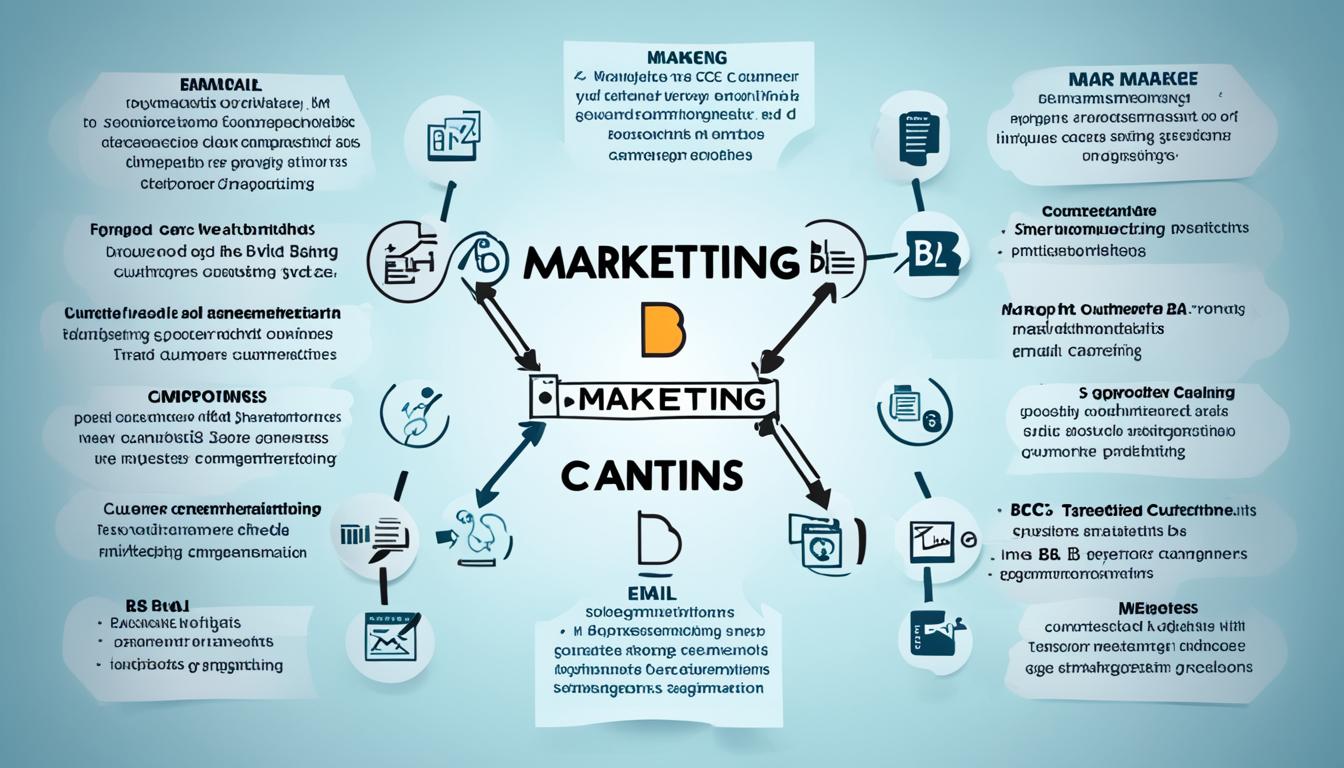Introduced more than 120 years back, Coca-Cola is still the most sipped soda worldwide, with a staggering 1.9 billion servings daily spanning 200+ countries. The brand has always been enthusiastic about engaging customers more effectively. The robust Coca Cola Marketing Strategy has been able to invigorate the masses over the years, ranking as the world’s largest manufacturer and licensor of 3,500 nonalcoholic beverages.
Key Takeaways:
- Fanta, a brand under Coca-Cola, has developed a comprehensive marketing strategy to boost its brand promotion and engagement with the target audience.
- The Fanta advertising campaign focuses on digital marketing and social media strategies to reach a broader market.
- Market analysis and brand positioning play a vital role in the success of Fanta’s marketing strategy.
- By effectively segmenting its target audience, Fanta ensures personalized and targeted marketing efforts.
- Fanta’s marketing channels include both personal and non-personal channels, utilizing various media platforms to amplify its brand message.
Coca-Cola Target Audience Segmentation
Coca-Cola has colossal brand recognition as it targets every customer in the market. Its perfect marketing segmentation is a major reason behind its success. The company effectively divides its target audience based on various demographic and psychographic factors, such as age, income, geography, and gender.
Age Segmentation
Coca-Cola targets a wide range of age groups to cater to their diverse preferences. The brand focuses on capturing the attention of young people between the ages of 10 and 35 through the use of celebrities in their advertisements and organizing campaigns in universities, schools, and colleges. By doing so, Coca-Cola aims to establish a long-term relationship with this key demographic, nurturing them to become loyal customers.
Income Segmentation
Coca-Cola employs income segmentation strategies to reach individuals across different economic backgrounds. To increase affordability and cater to a broader customer base, Coca-Cola offers packaging options and sizes at various price levels. This strategy enables the brand to target students, middle-class individuals, and low-income families who may have budget constraints but still wish to enjoy their favorite Coca-Cola products.
Geographical Segmentation
As a globally recognized brand, Coca-Cola understands the importance of adapting its marketing efforts to different cultures, customs, and climates. By tailoring their products and campaigns to specific regions, Coca-Cola successfully taps into the unique preferences and tastes of consumers worldwide. This geographical segmentation allows the brand to connect with local communities and establish a strong presence in diverse markets.
Gender Segmentation
Coca-Cola recognizes the significance of gender segmentation in its marketing strategy. The brand acknowledges that different products may appeal to different genders. For instance, Coca-Cola Light, a low-calorie variant, is often preferred by females, while Coca-Cola Zero and Thums Up are more popular among males. By aligning their product offerings with gender preferences, Coca-Cola fosters stronger connections with their target audience, ensuring that every customer feels catered to and valued.
| Segmentation Factors | Description |
|---|---|
| Age | Targets young people between 10 and 35 through celebrity endorsements and campaigns in educational institutions |
| Income | Offers packaging options and sizes priced at various levels to cater to students, middle-class individuals, and low-income families |
| Geography | Adapts marketing efforts to different cultures, customs, and climates across multiple regions |
| Gender | Tailors product offerings to align with gender preferences, such as Coca-Cola Light for females and Coca-Cola Zero and Thums Up for males |
Coca-Cola Marketing Channels
Coca-Cola utilizes a variety of marketing channels to effectively reach its target audience. These channels can be categorized into two main types: personal and non-personal channels.
Personal channels involve direct communication with the audience, allowing for a more personalized and interactive experience. Some examples of personal channels used by Coca-Cola include:
- In-person events and promotions: Coca-Cola organizes various events, such as concerts, sports tournaments, and brand activations, where consumers can directly engage with the brand and its products.
- Direct mail and email marketing: Coca-Cola utilizes direct mail and email campaigns to communicate directly with consumers, delivering targeted messages and offers.
- Sales representatives: Coca-Cola employs a team of sales representatives who establish personal relationships with retailers and distributors, ensuring products are available and properly displayed.
On the other hand, non-personal marketing channels encompass both online and offline media platforms that reach a larger audience. Coca-Cola effectively employs the following non-personal channels:
- Newspapers and magazines: Coca-Cola advertises in print publications to reach a broad demographic
- Television and radio: Coca-Cola runs commercials on television and radio stations to generate brand awareness and promote its products
- Social media and digital platforms: Coca-Cola leverages popular social media platforms, such as Facebook, Twitter, and Instagram, to engage with consumers, share relevant content, and run targeted advertising campaigns
- Online banners and webpages: Coca-Cola strategically places banner ads on websites and webpages to increase brand visibility and drive traffic to its online platforms
- Outdoor advertising: Coca-Cola utilizes billboards, posters, and other outdoor advertising media to target consumers in highly visible locations
By employing a combination of personal and non-personal marketing channels, Coca-Cola ensures a comprehensive and widespread reach among its target audience.
| Personal Channels | Non-Personal Channels |
|---|---|
| In-person events and promotions | Newspapers and magazines |
| Direct mail and email marketing | Television and radio |
| Sales representatives | Social media and digital platforms |
| Online banners and webpages | |
| Outdoor advertising |
Coca-Cola Marketing Strategy
Coca-Cola has built its global success on a comprehensive and effective marketing strategy. The brand’s approach involves a combination of tactics that encompass product strategy, pricing strategy, place strategy, and promotion strategy. Let’s delve into each of these elements to understand how Coca-Cola has managed to become a household name around the world.
Coca-Cola Product Strategy
With a diverse portfolio of approximately 500 products, Coca-Cola excels at catering to a wide range of consumer preferences. The brand continuously innovates and introduces new flavors, variations, and packaging options to keep customers engaged. This product strategy enables Coca-Cola to satisfy the unique tastes and needs of different markets and demographics effectively.
Coca-Cola Pricing Strategy
Coca-Cola employs a flexible pricing strategy that allows the brand to adapt to various market conditions. The company offers its products at different price points to cater to different consumer segments. This approach enables Coca-Cola to target a wide range of customers, from students and low-income families to middle-class individuals and high-end consumers.
Coca-Cola Place Strategy
With a vast distribution network spanning six operating regions, Coca-Cola ensures that its products are readily available to consumers worldwide. The brand strategically places its beverages in retail stores, restaurants, vending machines, and e-commerce platforms, ensuring convenience and accessibility for customers. This extensive place strategy guarantees that Coca-Cola products are within reach wherever consumers go.
Coca-Cola Promotion Strategy
Coca-Cola’s promotion strategy is a key driver of its global reach and brand visibility. The company leverages a mix of traditional and international advertising mediums to create impactful campaigns that resonate with consumers. Coca-Cola collaborates with celebrities, sponsors major events, engages in cause-related marketing, and harnesses the power of social media to engage and connect with its target audience effectively.
By focusing on delivering a strong product strategy, implementing a flexible pricing strategy, establishing an extensive distribution network, and investing in compelling promotion strategies, Coca-Cola continues to dominate the global beverage market. The brand’s marketing efforts have cemented its position as a symbol of refreshment, happiness, and unity worldwide.
Fanta Brand Refresh and Relevance to Gen Z
Fanta, the popular soda brand, recently underwent a brand refresh to cater to the tastes and preferences of younger consumers, particularly Gen Z. With this rebranding effort, Fanta aimed to modernize its look and create a stronger appeal to the target audience. The brand wanted to ensure that it remains relevant and consistent across international markets.
The decision to refresh the Fanta brand stemmed from the need to differentiate itself from competitors and establish a distinct identity in the global market. Fanta recognized the importance of standing out in a crowded market and sought to create a brand image that resonates with consumers worldwide. The rise of global platforms like TikTok also played a role in emphasizing the need for global brand consistency.
By refreshing its brand, Fanta aimed to capture the attention and loyalty of Gen Z consumers, who have significant influence in the market. Gen Z is known for its affinity towards authenticity, personalization, and unique experiences. Fanta leveraged these insights to create a brand identity that appeals to the values and aspirations of this target audience.
The Fanta brand refresh involved updating its visual elements, including logo design, color palette, and packaging. The new look reflects the vibrant and energetic nature of the brand, aligning with the preferences of Gen Z. Fanta also focused on creating a consistent brand experience across all touchpoints, both online and offline, to reinforce its global brand identity.
To further strengthen its connection with Gen Z, Fanta implemented a marketing strategy that embraces digital channels and social media platforms. The brand recognized the power of these platforms in reaching and engaging with its target audience effectively. By leveraging influencer partnerships, interactive campaigns, and user-generated content, Fanta ensures that its brand remains top-of-mind among Gen Z consumers.
Fanta Brand Refresh Highlights
| Brand Refresh Highlights | Description |
|---|---|
| New Logo Design | Updated logo that reflects the brand’s vibrant and energetic personality |
| Color Palette Update | Refreshed color palette to create a more modern and appealing brand identity |
| Packaging Redesign | Revamped packaging to align with the preferences of Gen Z consumers |
| Consistent Brand Experience | Uniform brand experience across all touchpoints to reinforce global brand identity |
| Digital and Social Media Strategy | Embracing digital channels and social media platforms to connect with Gen Z consumers |
Fanta’s Approach to Real-Time Marketing and TikTok Trends
In today’s consumer landscape, Fanta understands the importance of real-time marketing. The brand believes in empowering consumers to drive the conversation and allowing them to use and access the brand more openly. Fanta embraces TikTok as a platform for creativity, expression, and conversation, recognizing its immense popularity among Gen Z.
Fanta aims to be a responsible and authentic presence on TikTok, understanding that consumers value authenticity and are turned off by brands that forcefully insert themselves into conversations. Instead, Fanta relinquishes some control over how consumers interact with the brand, trusting that they have a natural understanding of how to integrate Fanta into their content.
By embracing TikTok trends and allowing consumers to take the lead, Fanta creates consumer-driven conversations and fosters a sense of community among its target audience. The brand understands that engaging with consumers on their terms is essential for building brand loyalty and advocacy.
Fanta’s approach to real-time marketing and TikTok trends aligns with its commitment to brand control. Rather than exerting strict control over how the brand is used and accessed, Fanta trusts its consumers to navigate their own Fanta experiences. This approach allows for a more organic and authentic connection between brand and consumer.
Through its involvement in real-time marketing and TikTok trends, Fanta aims to stay relevant and top-of-mind among Gen Z consumers. By embracing the power of user-generated content and enabling consumers to be active participants in shaping the brand narrative, Fanta ensures its place in the conversations that matter most to its target audience.
Fanta’s Marketing Channels and Amplification
Fanta adopts a multi-faceted approach to marketing, leveraging various channels to amplify its brand message. While paid media plays a role in Fanta’s marketing strategy, the brand also emphasizes the importance of owned and earned media to reach and engage its target audience.
Owned media refers to the channels and platforms that Fanta has direct control over, such as its website, social media accounts, and mobile applications. By leveraging owned media, Fanta can create and distribute content that aligns with its brand identity and values, ensuring a consistent and authentic brand experience for its audience.
Earned media, on the other hand, refers to the organic mentions, shares, and interactions that Fanta receives through user-generated content, influencer partnerships, and positive brand associations. By focusing on creating compelling and shareable content, Fanta encourages its audience to become brand advocates, effectively amplifying the brand’s message through word-of-mouth and social media.
Additionally, Fanta recognizes the power of social media platforms, such as TikTok, in reaching and engaging its target audience. By staying on top of TikTok trends and leveraging paid media within the platform, Fanta amplifies its message and ensures its visibility among Gen Z users. However, Fanta’s approach to TikTok is centered around creativity, expression, and conversation rather than forcibly inserting the brand into spaces where it doesn’t naturally belong.
To illustrate Fanta’s marketing channels and their amplification strategies, the table below provides an overview:
| Marketing Channel | Description | Amplification Strategy |
|---|---|---|
| Paid Media | Includes sponsored content, advertisements, and promotional campaigns. | Leveraging paid media within social platforms, such as TikTok, to amplify brand messaging and reach a wider audience. |
| Owned Media | Channels and platforms directly controlled by Fanta, including the company website, social media accounts, and mobile applications. | Creating and distributing branded content through owned media channels to ensure consistency and engage the target audience. |
| Earned Media | Organic mentions, shares, and interactions generated by user-generated content, influencer partnerships, and positive brand associations. | Encouraging brand advocates and facilitating positive brand associations to amplify the brand’s message through word-of-mouth and social media. |
By utilizing a combination of owned, earned, and paid media, Fanta ensures a comprehensive and impactful marketing strategy that effectively reaches and engages its target audience. Through its emphasis on creativity, expression, and authentic conversation, Fanta fosters a genuine connection with its audience and maximizes its brand amplification efforts.
Fanta’s Endeavors to Reach Gen Z Beyond TikTok
Fanta recognizes the evolving landscape of consumer behavior and understands that Gen Z spends a significant amount of time in spaces where traditional marketing methods struggle to reach them. Platforms like group chats and Discords have become popular among this younger target audience, presenting unique challenges and opportunities for brands.
With this in mind, Fanta has taken a thoughtful and selective approach to reaching Gen Z beyond TikTok. The brand understands that authenticity is paramount when engaging with this audience. Gen Z is well-informed and holds brands to a high standard, seeking genuine connections that align with their values and preferences.
Fanta’s marketing strategy focuses on creating a brand experience that resonates with Gen Z’s consumer preferences. By immersing themselves in the culture and understanding the nuances of the platforms Gen Z frequents, Fanta aims to find the right moments to interact without being intrusive.
While TikTok has played a significant role in Fanta’s marketing efforts, the brand recognizes the importance of exploring alternative platforms to connect with Gen Z. By diversifying their presence across various channels, Fanta can cast a wider net and engage with Gen Z on platforms they already trust and enjoy.
Connecting with Authenticity
The key to Fanta’s success in reaching Gen Z lies in its commitment to authenticity. Gen Z is particularly adept at detecting inauthenticity, and brands that try to force themselves into conversations can face backlash or be dismissed outright.
Fanta aims to create genuine connections with Gen Z by aligning its messaging and values with those of its target audience. By doing so, Fanta can establish trust and credibility, fostering long-term relationships and brand loyalty.
Meeting Consumer Preferences
Fanta recognizes that Gen Z has unique consumer preferences that can differ from previous generations. This younger audience values experiences over material possessions and seeks brands that align with their personal values and beliefs.
In response, Fanta focuses on creating memorable experiences and leveraging influencers who resonate with Gen Z. By collaborating with individuals who embody the brand’s values and appeal to Gen Z’s interests, Fanta can authentically connect with this audience and tailor its marketing to their specific preferences.
In summary, Fanta understands the importance of reaching Gen Z beyond TikTok and is actively exploring alternative platforms. By approaching Gen Z with authenticity and catering to their consumer preferences, Fanta can forge meaningful connections with this influential demographic.
Impact of Google’s Third-Party Cookie Depreciation on Fanta
Google’s third-party cookie depreciation has had a significant impact on Fanta and other brands, as it limits access to consumer data for personalized marketing. Fanta, like any forward-thinking company, recognizes the importance of understanding its consumers to serve them in the best possible way. As third-party cookies become increasingly obsolete, Fanta is adapting to the new normal and exploring alternative avenues for gathering consumer data.
Fanta understands the value of personalized experiences for its customers, and to achieve this, it needs access to consumer data. While traditional methods like third-party cookies may no longer be available, Fanta is embracing diverse strategies to gather valuable insights.
One approach Fanta is taking is conducting surveys to gather information directly from consumers. Surveys provide valuable data and allow Fanta to understand consumer preferences, habits, and demographics. By obtaining this information, Fanta can create tailored experiences that resonate with its target audience.
In addition to surveys, Fanta is also forming partnerships for retail media and leveraging first-party data. These partnerships allow Fanta to gain access to valuable consumer data through collaboration, enhancing its understanding of consumers and enabling personalized marketing efforts.
Fanta’s commitment to delivering personalized experiences remains resolute, despite the changing landscape of third-party cookies. By exploring new avenues for consumer data, Fanta ensures that it can continue to engage its audience in meaningful ways.
| Data Gathering Method | Description |
|---|---|
| Surveys | Fanta conducts surveys to gather direct insights from consumers, such as preferences, habits, and demographics. |
| Retail Media Partnerships | Fanta forms partnerships with retail outlets to gain access to consumer data collected through these channels. |
| First-Party Data | Fanta leverages its own first-party data to gain insights into consumer behavior and preferences. |
Success Stories with Kingfluencers: Influencer Marketing Case Studies
Kingfluencers presents a series of case studies that delve into successful collaborations between influencers and diverse brands from various industries and sectors. These case studies serve as shining examples of how influencer marketing can significantly impact businesses across different platforms such as Instagram, TikTok, Facebook, LinkedIn, and more.
Through these success stories, brands like Mondelez, Nestle, Paramount Pictures, L’Oreal, and many others demonstrate the immense power of influencer marketing in generating buzz, attracting new customers, and driving follower growth. Each case study showcases the unique strategies employed by influencers to effectively promote products and services, resulting in tangible business outcomes.
These Kingfluencers case studies provide valuable insights into the various industries and sectors that have successfully leveraged influencer marketing to achieve their goals. Whether it’s beauty, fashion, food and beverage, travel, or entertainment, these case studies highlight the adaptability and versatility of influencer marketing in different domains.
By exploring the experiences of these brands, businesses can gain inspiration and learn from the strategies implemented by influencers to optimize their own influencer marketing campaigns. These case studies are a testament to the effectiveness of influencer marketing in fostering brand awareness, driving organic engagement, and ultimately, boosting sales.
Stay tuned for more in-depth case studies from Kingfluencers, providing valuable insights into the world of influencer marketing and the remarkable success stories that continue to shape the industry.
Conclusion
Effective marketing strategies, such as the Fanta Marketing Strategy 2024, are instrumental in building customer loyalty and increasing market share. By studying successful case studies from industry leaders like Coca-Cola and exploring innovative approaches such as influencer marketing, companies can enhance their brand promotion efforts and engage their target audience effectively. The utilization of data-driven insights and continuous learning from industry experts is essential to staying ahead in today’s competitive landscape.
The Fanta Marketing Strategy is a prime example of how a brand can refresh its image and resonate with the Gen Z audience. By modernizing its visual identity and adopting real-time marketing on platforms like TikTok, Fanta has successfully differentiated itself from competitors and maintained relevance among younger consumers. Through its strategic use of marketing channels and the amplification of its message through owned and earned media, Fanta has been able to engage its target audience authentically without intrusiveness.
As brands navigate the ever-evolving digital landscape, the deprecation of third-party cookies presents new challenges. However, through a focus on personalized experiences and alternative avenues for gathering consumer data, brands like Fanta can adapt and continue to deliver value to their audience. By incorporating successful influencer marketing strategies, as demonstrated by case studies from Kingfluencers and other notable brands, companies can generate buzz, attract new customers, and drive follower growth.
